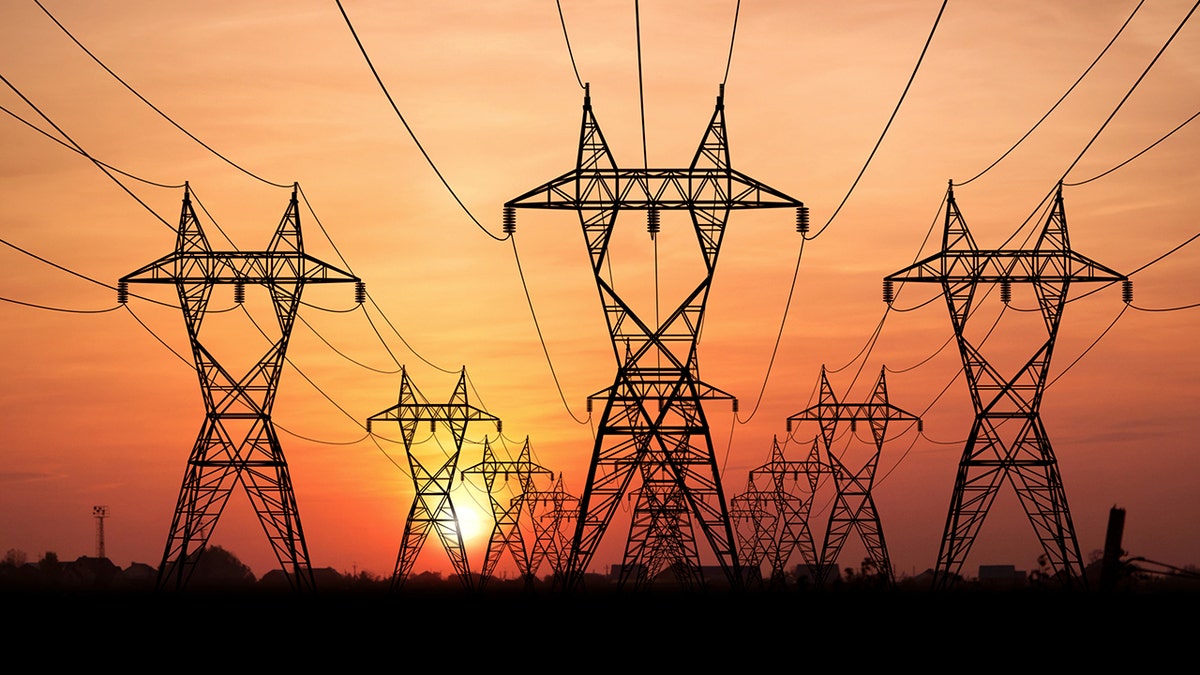Rick Perry: The Biden admin hates fossil fuels and the mining industry
Former Texas Gov. Rick Perry reveals problems with President Biden's push for unaffordable electric cars in climate change agenda on 'Hannity.'
From the beginning, President Joe Biden has made it clear his administration will focus on a "clean" and "green" future, including an aggressive move toward electric vehicles (EVs).
Unfortunately, his administration continues to overestimate electric vehicle market trends and force a massive volume of EVs into a power grid that simply isn’t prepared. Their latest move comes from the Environmental Protection Agency (EPA), whose proposed new tailpipe emissions standards for light- and heavy-duty vehicles are so strict the administration predicts a shocking two-thirds of new vehicles sold in 2032 would be electric vehicles.
The goal of this proposal is not just about cleaner cars, but a broader plan by Biden and the environmental lobby to force the extinction of internal combustion engine vehicles and reach zero emissions by 2050. While decreasing emissions is certainly a laudable goal, the path the administration and its agencies are using to get us there is not a realistic one and will create problems and huge costs for the American public.

Growing demand for electricity is already straining our aging power grid and a flood of new demand from EVs will only strain it more. (iStock)
As one outlet noted, "The new rules would require nothing short of a revolution in the U.S. auto industry, a moment in some ways as significant as the June morning in 1896 when Henry Ford took his ‘horseless carriage’ for a test run and changed American life and industry."
US POWER GRID FACING ELEVATED RISK OF SHORTAGES THIS SUMMER AMID GREEN ENERGY PUSH: WATCHDOG
The rule will certainly change the auto industry, but in this instance, the revolutionary change will only exacerbate serious challenges we face, not conquer them.
First take our nation’s power grid. Where do you think that electricity is coming from when you plug your car into a charger? Growing demand for electricity is already straining our aging power grid and a flood of new demand from EVs will only strain it more.
The Electric Power Supply Association recently pointed to National Renewable Energy Laboratory calculations in 2021 finding that electrifying the economy could increase electric demand by as much as 81% in 2050 – a calculation made without the EPA’s new rule. Heading into the summer, The North American Electric Reliability Corp. (NERC) warned our nation’s power grid is already in precarious shape with renewed risks for outages due to rising temperatures and intense storms. The EPA should heed this warning before moving forward with their proposed rule.
Our nation's electricity production would have to at least double by 2050 to meet the demand from the dramatic rise from 7% EVs on the road today to 67%. This is on top of the fact the administration is already effectively requiring consumers to transition from reliable fuels like natural gas through its goal of 100% "clean electricity" by 2035. Rather than admit the fact we’ll need natural gas, alongside renewable generation and battery storage, to achieve his ambitious goals, the administration has done all it can to frustrate development of this baseload power fuel.
Second, the EPA’s proposed rule will cost American families and businesses dearly. The average price of an EV is about $58,940 compared to the average gas car price of $44,182. This could grow even higher, as supply chain problems are already driving up the average costs for cars.
CLICK HERE TO GET THE OPINION NEWSLETTER
The EPA’s proposal will also deepen problems caused by outdated permitting processes. Permit approvals are already backed up for all types of energy projects – natural gas, wind, solar and transmission lines. Making an unprecedented move to an electrified transportation fleet will take huge infrastructure investments, specifically in critical mineral mining. Today, China controls around three-fourths of the world’s EV battery manufacturing capacity and is home to the world’s largest supplies of lithium, cobalt and nickel, critical minerals needed for EVs.
As Biden’s own national security adviser Jake Sullivan recently advised, "We are going to have to take further steps" to incentivize critical minerals mining because "there are just certain realities [to the energy transition]." In short, the EPA’s rule could hurt our national security by making America even more beholden to China for critical minerals.
We could short-circuit China’s grip on critical minerals by mining them here at home, but slow and outdated permitting approval processes present significant roadblocks. These processes take years, meaning any new mines that manage to gain permits likely won’t produce enough critical minerals to meet demand quickly enough. These slow processes would also hamper the construction of the countless new transmission lines we’d need to accommodate car charging infrastructure.
CLICK HERE TO GET THE FOX NEWS APP
If we follow the EPA’s lead, the U.S. power grid will experience even greater strain, American families and businesses who are already struggling will be saddled with even higher costs, and the Chinese will continue to gain an advantage in the area of critical minerals, thereby jeopardizing America’s national security.
Congress should come together and embrace pro-growth energy policies in H.R.1, which include provisions for mining and permitting reform as part of the larger debt ceiling negotiations, as opposed to the administration’s push to genuflect at the altar of the unrealistic environmentalists and push these types of rules.




